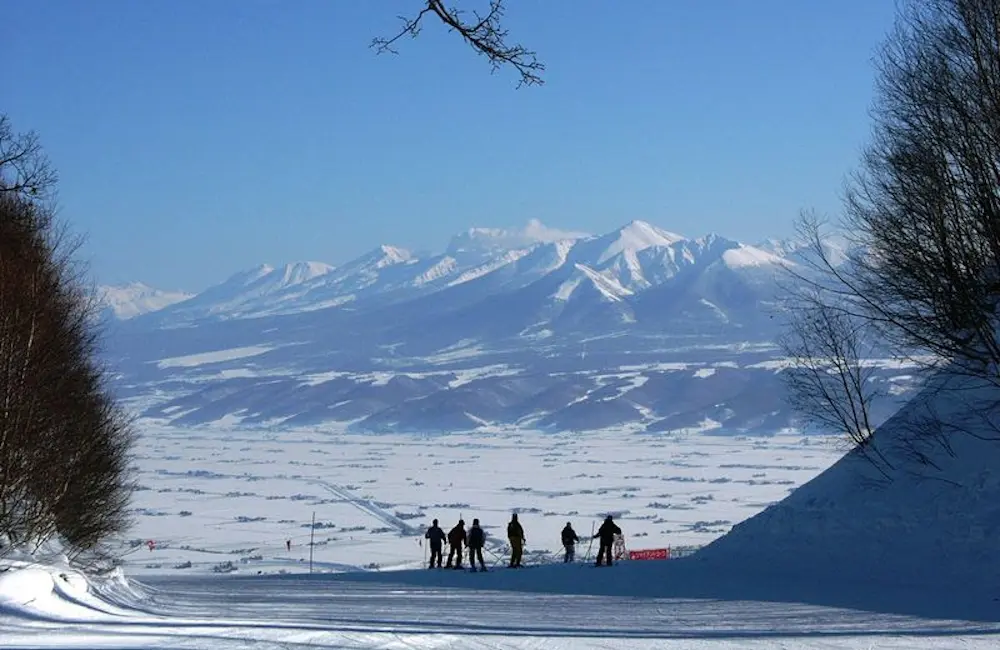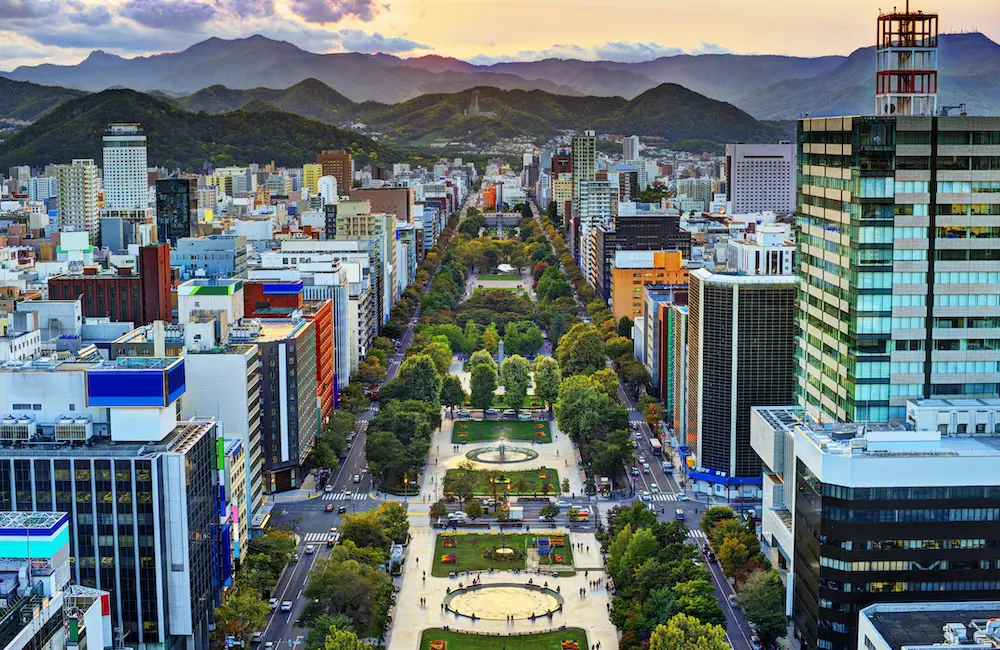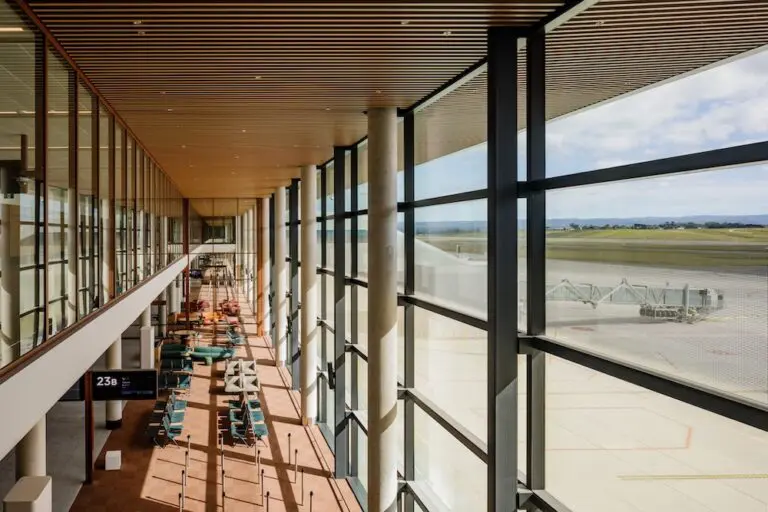Australian skiers chasing Japan’s famous powder could have more slopes to shred next season, and far fewer crowds to compete with.
Ikon Pass has expanded its global snow network for winter 25/26, unlocking nine new Asian destinations, including seven across Japan.
The move gives Aussie passholders access to less-travelled resorts such as Shiga Kogen, Myoko Suginohara, Furano, Appi Kogen, NEKOMA Mountain and Zao Onsen, alongside Niseko United and Arai Mountain Resort.
The expansion means Ikon Pass holders can now enjoy up to 77 days of skiing or snowboarding across Asia, part of a total of 72 destinations in 13 countries.

“Ikon Pass is the winter gateway for anyone who wants to ski or ride the best of Asia, now with access to 11 destinations throughout Japan, China and South Korea,” said Matt Bowers, Senior Vice President, Alterra Mountain Company, which offers the pass.
“With marquee destinations on Hokkaido and in the Nagano Area joining Niseko United and Aria Mountain Resort in Japan, plus Olympic venues in Japan, China and South Korea, Ikon Pass now offers extensive access for Ikon Pass holders in even more of the best snow regions on the planet.”
The move also represents an enticing upgrade for travellers wanting to experience Japan’s powder scene without the crowds of some resorts, and for agents looking to sell a broader range of winter experiences.

Still peaking
The announcement comes as the Japan National Tourism Organization (JNTO) reports that Australian arrivals continue to soar, with 96,600 visiting in September 2025 – up 12.8% year on year. So far, 755,200 Aussies have travelled to the country this year, an 18.5% rise on 2024, according to JNTO, citing official tourism statistics.
“The steady growth in visitor numbers shows that Japan remains a top choice for Australians seeking a variety of travel experiences, from adventure and outdoor activities to cultural discoveries, food, wellness and design,” JNTO Media and Marketing Manager Andrew Coombs said.

“We’re also seeing growing interest in regional and seasonal travel, as repeat visitors continue to explore more of what Japan has to offer.”
Earlier this year, Japan Tourism Agency (JTA) data revealed that between May 2024 and April 2025, lesser known regions like Ishikawa (92.8%), Gifu (91.3%) and Wakayama (90%) prefectures saw nearly double the number of room nights stayed by Australians compared to the same period the year before.







